#indigenous siberians
Explore tagged Tumblr posts
Note
hey ! You seem to know a lot about siberia so i have a question. When the russians conquered siberia, how much of the indigenous population died, i've heard that actually because siberia is for a huge part non-settled the natives were just overflooded by the russians kind of like in canada but i was wondering if it was true.
Also the cossacks played a big role in the conquest of siberia but i've seen people saying they were russian cossack which i find weird because i was always told cossacks were ukrainians and those who speak russian are just russified due to imperial russia policy. So i wanted to hear your thought because you look like to know about it
I hope it didn't sounded weird or arrogant btw ^^'.
Hey, thank you for this ask.
The Russian conquest of Siberia was a process that happened over several centuries, and it did have significant implications for the indigenous populations of the region. Historical accounts on the casualties can vary though, due to limited records at the time
When the Russians began their expansion into Siberia in the late 16th century, they encountered a diverse range of indigenous peoples. The interactions between the Russians and the natives were often characterised by conflict, disease, and displacement, which of course, led to the decline of some indigenous communities.
We must remember though: The impact of Russian colonisation varied from region to region and depended on factors such as the local policies of Russian authorities, the resistance of the native peoples, and the availability of natural resources in the area.
However, it is widely acknowledged that the conquest resulted in significant demographic changes and hardships for many indigenous groups of Siberia.
Siberia was indeed sparsely populated in comparison to its vast size.
However it's an oversimplification to just say that the reason why Siberia was flooded by Russians was just because Siberian peoples were sparsely populated and "non settled".
Further I have an issue with projecting concepts such as settled or non settled onto indigenous groups. The terms "settled" and "non-settled" are often rooted in a Eurocentric colonial perspective, implying that European-style sedentary settlements are more advanced or superior to nomadic or semi-nomadic lifestyles, and during discussions about indigenous peoples, these concepts are weaponised against them to downplay or even justify their colonisation.
The Russian conquest of Siberia had devastating effects on the indigenous populations. The arrival of the Russians brought deadly diseases that led to a significant reduction in native numbers. There were conflicts and violence with indigenous groups, causing loss of life and displacement. Forced labour and exploitation also took a toll, disrupting traditional ways of life, and many indigenous communities were displaced from their ancestral lands, leading to cultural disruption and challenges.
Regarding the comparison to Canada's history with its indigenous populations, there are some similarities in terms of the impacts of colonialism, disease, and displacement. Both regions experienced significant changes to the indigenous populations due to the arrival of European settlers and the expansion of colonial powers. So yes, it's similar, but not in the way that you said it was (both groups indigenous peoples being "non settled" so that's why they were flooded/successfully colonised).
Regarding the role of the Cossacks in the conquest of Siberia, you are correct that they played a crucial part. However it was primarily Russian Cossacks as opposed to Ukrainian Cossacks.
In the context of Siberian conquest, the Russian Cossacks were an instrumental force in expanding the Russian presence eastward.
On the origins of the Cossacks in case some people are confused: The Cossacks emerged as a social and military phenomenon in the 15th and 16th centuries, primarily in the frontier regions of the Polish-Lithuanian Commonwealth, the Grand Duchy of Moscow, and the Crimean Khanate.
Originally, the term "Cossack" (from the Turkic word "qazak") referred to individuals living on the borderlands, often engaged in various military and raiding activities. Over time, Cossack communities formed and theh developed their own structures and traditions. They were known for their horsemanship and guerrilla warfare tactics, which made them valuable assets for the expanding Russian state.
Cossacks were largely autonomous and governed themselves through a form of self-rule known as the "Cossack Host".
As the Russian Empire expanded into Siberia, the Russian Cossacks became instrumental in the conquest of the vast region. They were well-suited for long-distance travel and warfare in the challenging Siberian environment. The Russian Cossack expeditions into Siberia involved trade, hunting, and conflict with local indigenous peoples.
I need to make clear here that Cossacks were/are not a homogenous group. They came from various ethnic backgrounds, including Ukrainians, Russians, Belarusians, and others. While Ukrainian Cossacks were prevalent in the areas of modern-day Ukraine and Southern Russia, Russian Cossacks were more common in the areas closer to the core Russian territories.
I'm also sorry if it seems like I'm teaching you to suck eggs here but I just want to make this clear:
There is a historical distinction between Russian and Ukrainian Cossacks, but it's important to understand that both groups shared similar origins and cultural ties.
As previously mentioned, Cossacks were originally formed in the borderlands of the Polish-Lithuanian Commonwealth and the Grand Duchy of Moscow (early Russia). Over time, they developed different branches: the Ukrainian Cossacks and the Russian Cossacks being two of them.
The Ukrainian Cossacks were primarily based in the territories of modern-day Ukraine and Southern Russia. They played a significant role in defending the Ukrainian territories from various threats, including raids from the Crimean Tatars and the Ottoman Empire. The Ukrainian Cossacks established semi-autonomous communities with their own elected leaders called Hetmans. One of the most famous Ukrainian Cossack groups was the Zaporozhian Cossacks, who were based in the Zaporizhzhia region along the Dnieper River.
The Russian Cossacks, on the other hand, were based closer to the core Russian territories, particularly in the regions of the Don and the Volga rivers. They were instrumental in expanding Russian influence and control over the vast frontier areas, including Siberia. The Russian Cossacks were organised into various hosts (military units) and were involved in both military campaigns and other activities such as exploration, trade, and agriculture.
While Ukrainian and Russian Cossacks had regional differences and distinct traditions, they shared common cultural and historical roots as East Slavic-speaking people.
Note: terms "Ukrainian" and "Russian" Cossacks don't solely refer to the ethnic background of the individuals but rather to the geographical areas where their respective Cossack communities were predominantly located
As the Russian Cossacks ventured deeper into Siberia, they encountered diverse indigenous populations. Yes; the Russian Cossacks played a crucial role in expanding Russian influence and control over Siberia.
The Ukrainian Cossacks on the other hand, had very little involvement in the expansion into Siberia. The majority of their activities were focused on defending the territories of present-day Ukraine and Southern Russia.
So, yes. Russian conquest of Siberia did have a devastating impact on the indigenous populations. It was also primarily Russian cossacks who were involved in the expansion into Siberia, not Ukrainian Cossacks.
However, I do need to touch upon this. Throughout their history, Cossacks have also faced oppression and challenges under the Russian state. They experienced forced labour and serfdom in the 18th and 19th centuries, losing their traditional freedoms. Russian policies of Russification aimed to assimilate them into Russian culture. Cossack rebellions, like the Pugachev Rebellion, were brutally suppressed. The Russian government also disrupted their communities through demographic changes and curbed their autonomy over time.
So. In summary:
We can't put a number on exactly how many of the indigenous population died due to limited records.
It is an oversimplification to say that the "non-settled" nature of the indigenous peoples is the reason why Siberia became flooded by Russians
The Russian conquest of Siberia was devastating on the indigenous populations.
Projecting European colonialist concepts such as "settled" and "non settled" onto indigenous groups ignores their unique ways of life and implies that a European "settled" lifestyle is superior to the indigenous "non settled" lifestyle and is often used to downplay or even justify their colonisation.
There is a difference between Russian and Ukrainian Cossacks, Russian Cossacks were the ones who were primarily involved in the expansion of Siberia.
Cossack groups themselves have faced oppression under the Russian state.
I hope this was helpful.
#Russia#Ukraine#Cossacks#Cossack#Russian colonisation#Russian colonization#russian colonialism#Russian imperialism#Siberia#Colonization of Siberia#Russian Empire#Russian history#Ukrainian history#indigenous peoples#indigenous people of russia#Indigenous people of Siberia#Indigenous Siberians#Siberians#Native Siberians#Colonialism#Indigenous people#Cw long post#Long post
120 notes
·
View notes
Text
Scrimshaw, the decoration of bone or ivory objects, such as whale’s teeth or walrus tusks, with fanciful designs. The designs, executed by whale fishermen of American and Anglo-American origin, were carved with either a jackknife or a sail needle and then emphasized with black pigments, commonly lampblack. Among the subjects are whaling scenes, whaling ships, naval action, frigates, brigs, sailors’ sweethearts, bouquets of flowers, Masonic emblems, coats of arms, and the Irish harp. Examples date from the late 17th century, but the craft reached its peak during the years 1830–50. Scrimshaw is still practiced by whalers such as the Chukchi of Siberia and the Eskimos of Siberia and Alaska.
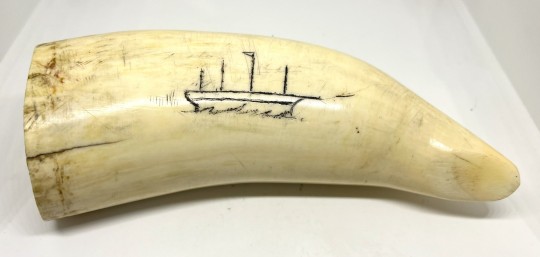
Scrimshaw with naively scrimshawed ship from 1874 - presumably a first work or practice piece
#history#maritime history#art#art history#animals#marine life#usa#indigenous siberians#russia#alaska#siberia#native americans#chukchi people#yupik peoples#siberian yupik#inuit#whales#walrus#scrimshaw#teeth#bone#ivory
284 notes
·
View notes
Text




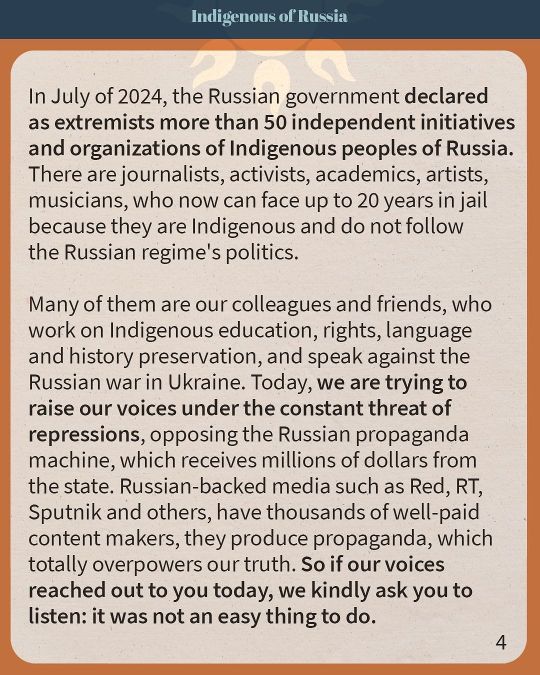
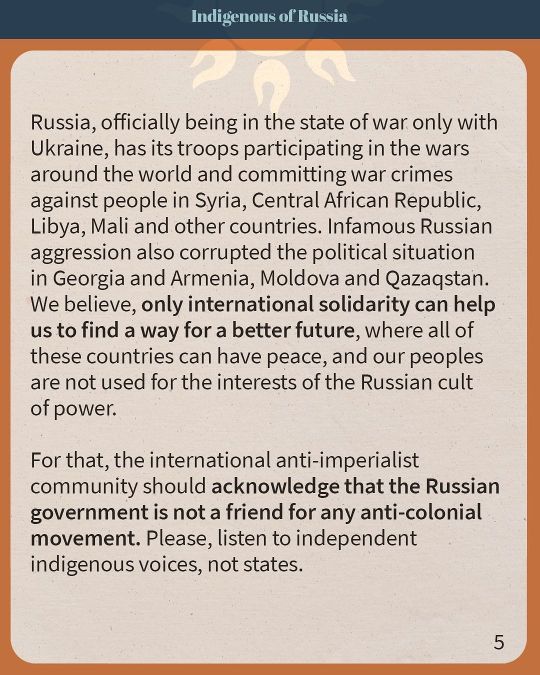

#indigenous#culture#important#indigenous russia#indigenous russian#fypシ#fypage#russia#colonization#landback#Land back#indigenous people#indigenous peoples#indigenous activism#native people#native rights#native#natives#fyppage#fypツ#fyp#tumblr fyp#native siberia#siberian indigenous#indigenous siberian#siberian#russian colonization#russian genocide#russian imperialism#russian
928 notes
·
View notes
Text

for you and i shall live as long as the world
-
finally finished this pride art of my transgender butches. person on left is she/they transfem and wears a buryat mongol traditional dress. person on right is he/they transmasc and wears a buryat mongol wrestling outfit. 🏳️⚧️😙
259 notes
·
View notes
Text

Pavel a Khudi Nenet from Yamalo-Nenets Autonomous District, Siberia, Russia. 2018
"The life of Nenets people in this area is based on following the reindeer as they move along ancient routes around the tundra. To survive the winter the reindeer eat a type of lichen known as reindeer moss, which may be covered in metres of snow. The Khudi Nenets brigade we visited have a herd of some 4,000 reindeer, with roughly 1,500 of them belonging to the Khudi Nenets themselves. The remaining 2,500 are owned by the ‘state farms’. If Khudi Nenets people slaughter a state-farm animal, its value is docked from their salary, but they are allowed to slaughter their own reindeer."
- Jimmy Nelson
124 notes
·
View notes
Text

howling wolf figurine, Southern Siberia, c. 5th-3rd century BCE, wood with shell inlays
currently in the collection of the Cleveland Museum of Art (Cleveland, Ohio, USA), accession no. 1986.26
918 notes
·
View notes
Text

for @kataang-week -- day 4: cultural exchange
(ID: a digital drawing of katara and aang from atla. they're wearing clothing from each other's cultures. katara is wearing a yellow chuba with red trim, an orange shirt, a chumpi belt, and boots. she has one necklace with small turquoise beads and one with large yellow beads. aang is wearing a parka with a thick fur hood and black-and-white geometric patterns, and dark blue pants. he also has mittens and large boots on. they're smiling at each other, with pink hearts floating between them.
#kataang week#kataang#kataang fanart#artists on tumblr#atla#avatar: the last airbender#cimmeriadraws#the chumpi belt is a traditional andean garment#i assume part of the reason tibet serves as inspo for the air nomads is the high altitude of where they live#and quechua people also live in high altitudes so i think they'd be interesting to pull inspiration from for air nomad clothing#plus atla has already taken inspo from south american cultures with the sun warriors so it works :)#but anyway all i have in this drawing is the chumpi belt so i'd like to incorporate more andean culture into air nomad designs in the futur#i also want to dive some more into siberian and alaskan indigenous clothing for the southern water tribe fashion#and explore ideas for differences between nwt and swt clothing
305 notes
·
View notes
Text


Femme Samoyède. Habit of a Samoyede woman and child subject to Russia in 1768.
from Voyage en Sibérie by Jean-Baptiste Chappe d'Auteroche as well as from A Collection Of The Dresses Of Different Nations, Antient and Modern. Particularly Old English Dresses. After The Designs of Holbein, Vandyke, Hollar, and others. With An Account of the Authorities, from which the Figures are taken; and some short Historical Remarks on the Subject. To which are added The Habits of the Principal Characters on the English Stage.
very cute kid coat with earsies ^_^
#nenets#siberia#samoyedic peoples#russian empire#samoyed#18th century#siberian indigenous people#mother and child#Voyage en Sibérie#folk clothing#traditional clothing#indigenous peoples#historical fashion#my upl#1700s
28 notes
·
View notes
Text
#indigenous#indigenous russia#nenets#siberia#native siberia#siberian#native people#natives#nenets tribe#siberian native#indigenous peoples#indigenous rights#land back#landback#tumblr fyp#fypage#fyp#fypシ#fypツ#culture#nomadic#nomad#foryou#interesting#Arctic#native rights#native#algorithm
17 notes
·
View notes
Text
reminder that asia is. fucking massive. btw
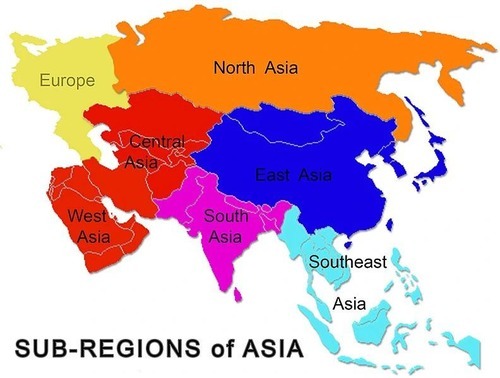
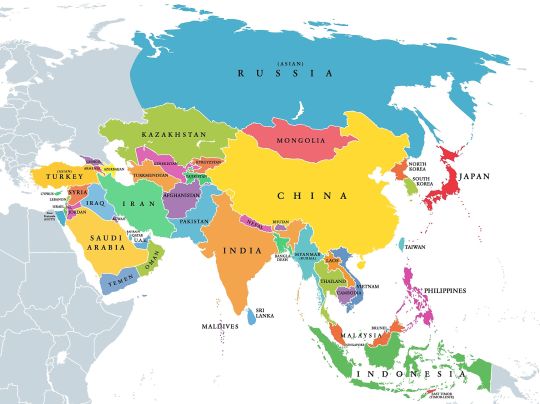
#arcana.uploads#asia.#a LOTTA ppl just. forget west asians central asians north asians south asians & southeast asians#its not just china japan & korea !! & even then china for example has MANY indigenous peoples & cultures !!#what's happening w/ palestine syria iran lebanon myanmar cambodia & china w/ the uighurs is an asian issue.#what's happening w/ antisemitism & antiromanyism is an asian issue!! bc remember they're both from asian countries !!#as well as islamophobia !!#idk i hope im making sense im v tired#but basically it's a MASSIVE continent with THOUSANDS of different peoples cultures & religions !!#+ what's happening w/ indigenous siberians & papua new guinea is an asian issue too btw !#& armenia too !#it's a Lot™
34 notes
·
View notes
Text
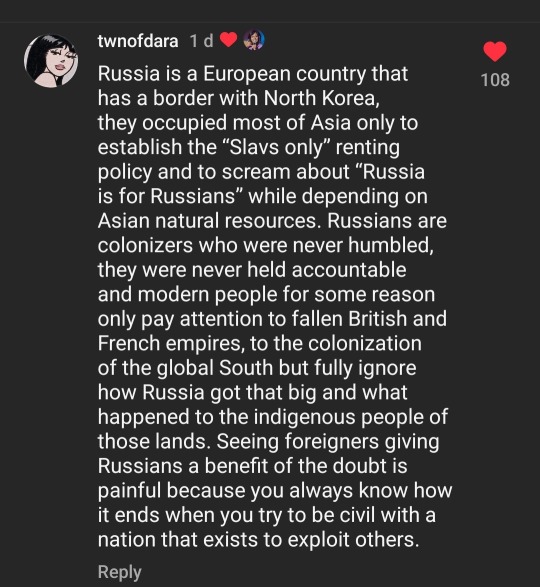
Painfully true
#Russia#Russian colonisation#Siberia#Indigenous Siberian#indigenous russia#Russian imperialism#The wildest thing I've heard is Russians attacking Buryats...In Buryatia#you cannot make this shit up
84 notes
·
View notes
Text

#atla#zutara#zuko#katara#zuko x katara#ship trope#Katara’s outfit is inspired the Indigenous Siberian band Otyken#pls watch their music videos it's amazing#ignore the white void background#be real meme#atla au#atla modern au#colored sketch#star's art
26 notes
·
View notes
Text
Important read.
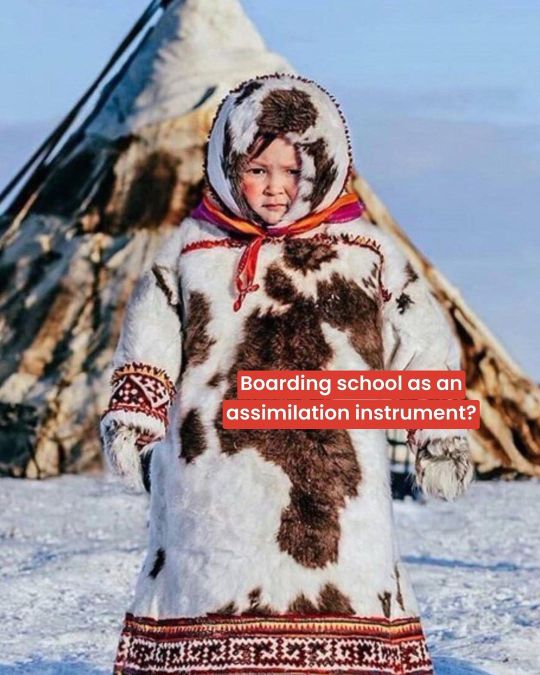
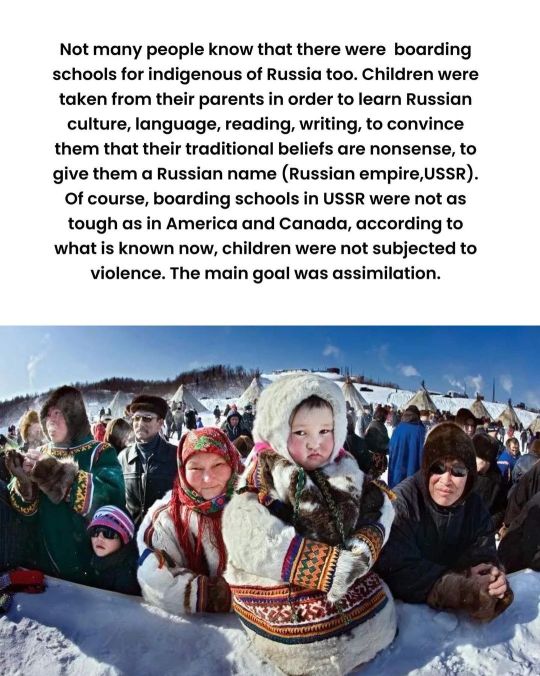

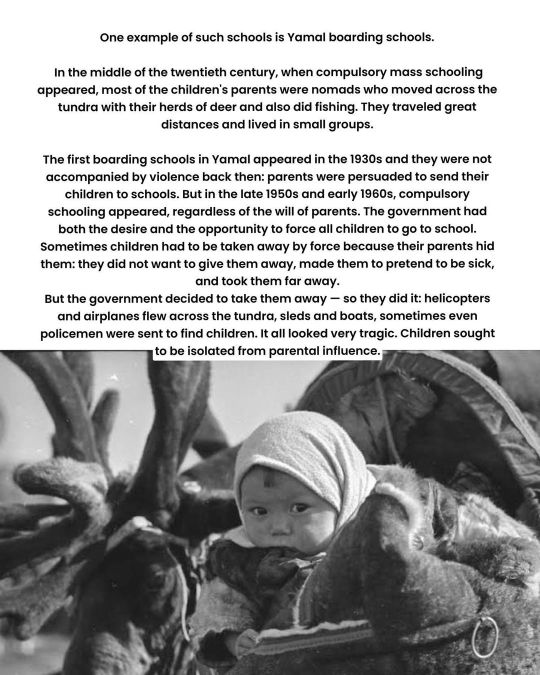
#indigenous#culture#indigenous russia#important#indigenous russian#fypシ#fypage#russia#colonization#landback#indigenous art#indigenous rights#indigenous people#indigenas#siberian music#siberia#siberian indigenous#indigenous siberian#siberian#native people#natives#nenets culture#nenet people#nenet#nenets#important post#russian colonization#russian imperialism#russian genocide#fypツ
516 notes
·
View notes
Text

buryat miku
#miku#my art#buryat#mongol#indigenous siberian#north asian#international miku#miku worldwide#artists on tumblr
149 notes
·
View notes
Text

Tӧӧlӧs Turkic girl from Altai, Russia
531 notes
·
View notes
Text

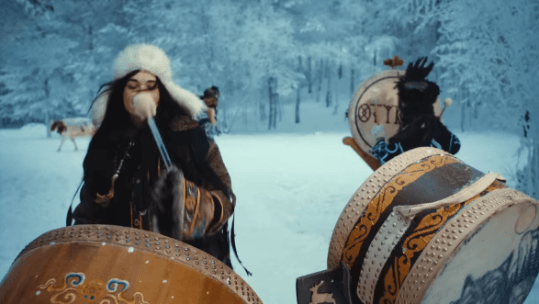



OTYKEN - PHENOMENON
155 notes
·
View notes